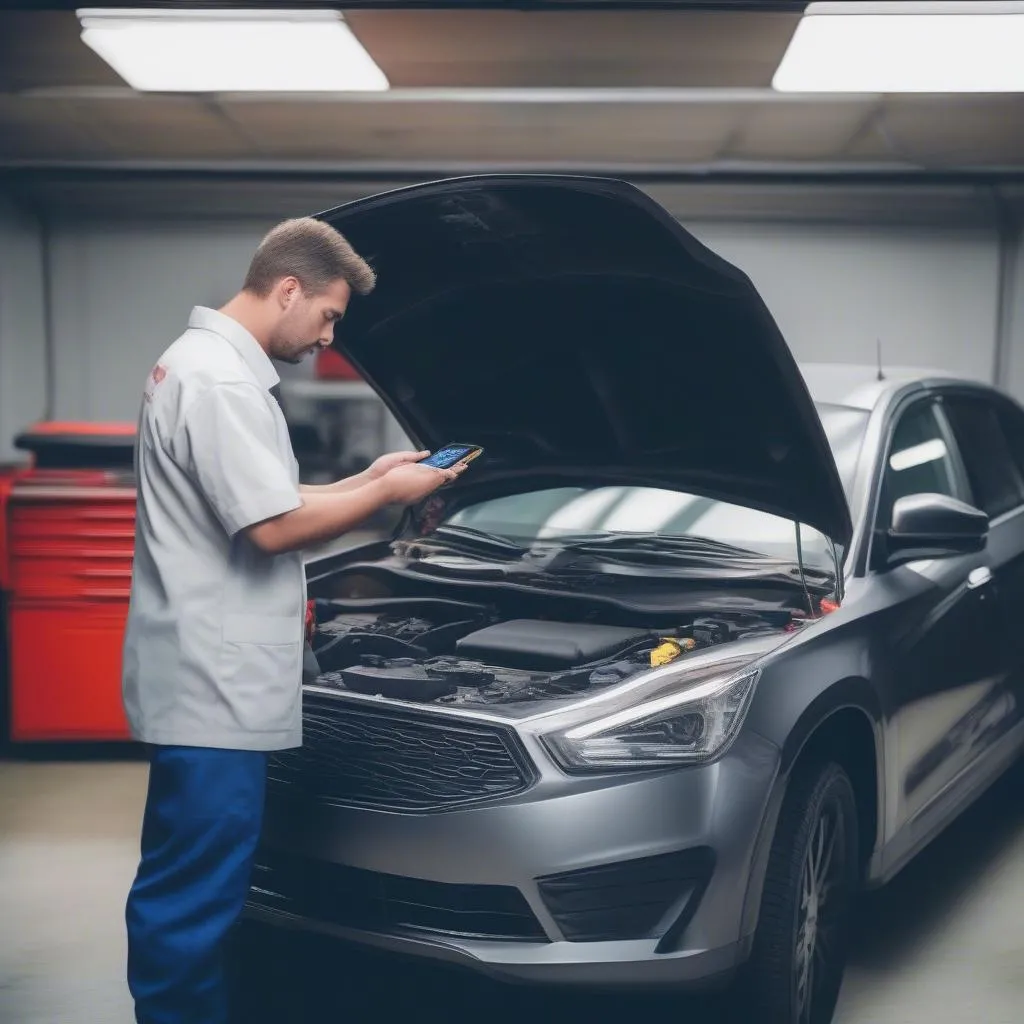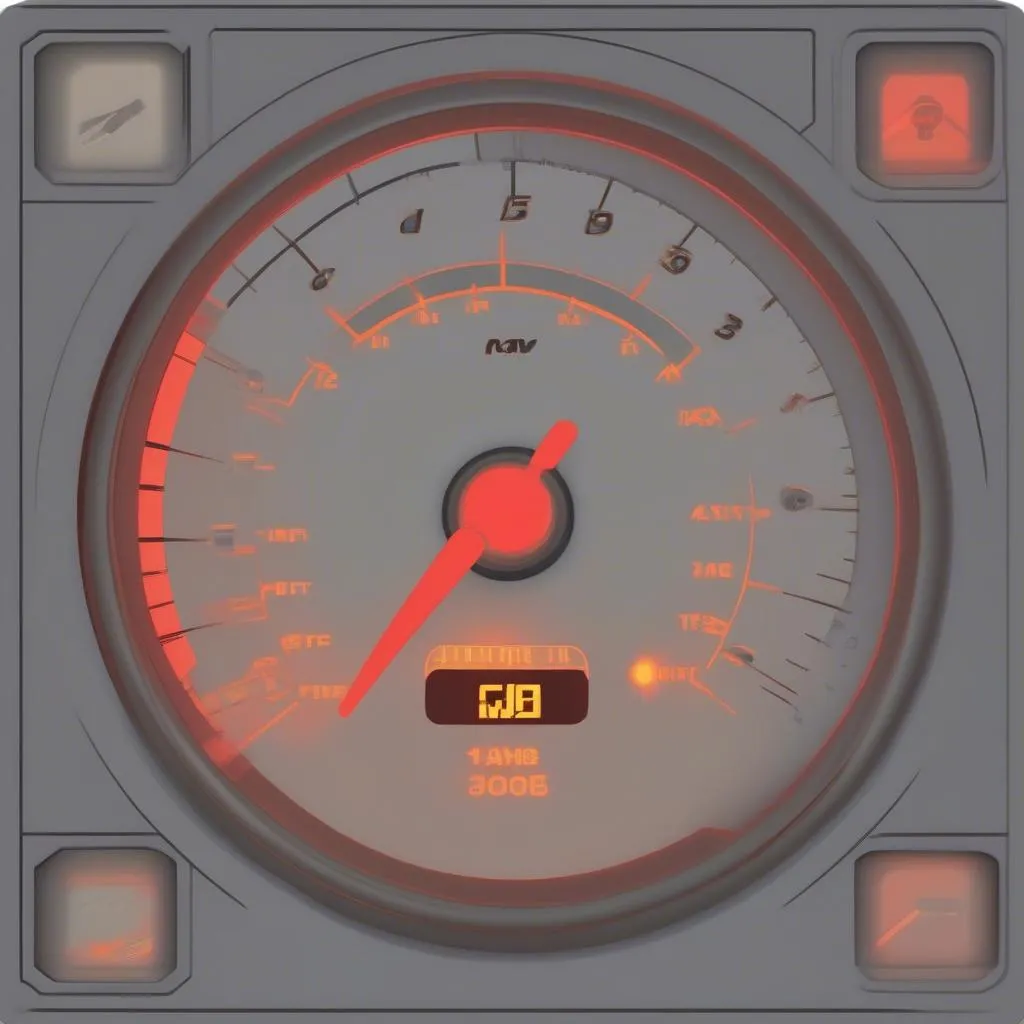Ever felt a pang of anxiety when the “Check Engine” light popped up on your dashboard? You’re not alone. Many car owners have experienced this, and while it can be a stressful situation, understanding how to address the issue is key. One crucial aspect is understanding the OBD (On-Board Diagnostics) system and how long it takes for it to reset.
The Importance of the OBD System
The OBD system is a vital component of modern vehicles. It monitors various engine functions, including fuel delivery, emissions, and ignition systems. It’s like a health check for your car, detecting potential issues and notifying you with warning lights.
When a problem is detected, the OBD system stores a diagnostic trouble code (DTC). This code helps mechanics diagnose the problem more effectively.
How Long For OBD To Reset?
The reset time for the OBD system can vary, but here’s a general guideline:
- For simple codes: These are typically related to minor issues that resolve on their own. They might clear after driving a few miles. For instance, if you just had a loose gas cap, the code may clear after a short drive and you don’t need to visit a mechanic.
- For more serious codes: These usually require a mechanic’s diagnosis. Sometimes, the OBD system may require several driving cycles (a series of starts and stops) before the code is fully cleared.
A few factors influencing OBD reset time:
- The type of code: As mentioned earlier, some codes are temporary, while others might indicate a persistent issue.
- The car’s make and model: Different car manufacturers might have their own reset procedures.
- The severity of the problem: For serious problems, the code may not clear until the issue is fixed.
When to Reset Your OBD System
It’s important to note that resetting the OBD system isn’t a solution to underlying problems. If the “Check Engine” light is on, you should consult a mechanic to diagnose the issue. Do not simply reset the OBD system and ignore the warning light.
OBD Resetting Methods
Here are a few common methods to reset your OBD system:
- Disconnecting the battery: While this may seem like a simple solution, it’s not always effective and could potentially disrupt your car’s computer system. If you’re considering this, consult your car’s manual.
- Using an OBD-II scanner: This device allows you to read and clear codes from your vehicle’s computer. This is often the most reliable and efficient method.
 OBD-II scanner device
OBD-II scanner device
 Check Engine Light
Check Engine Light
